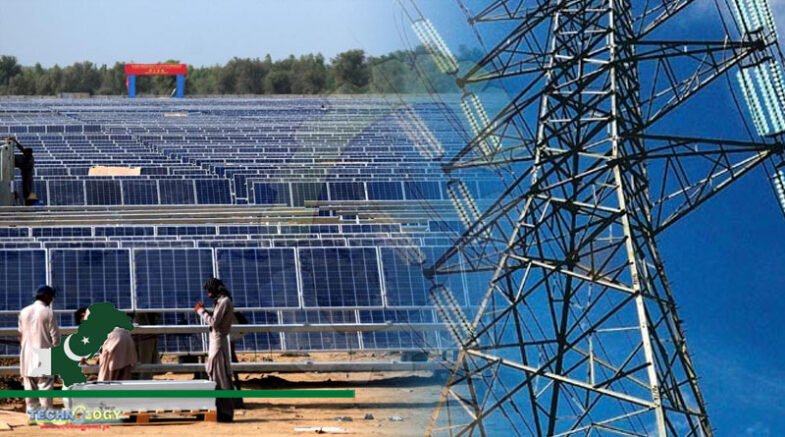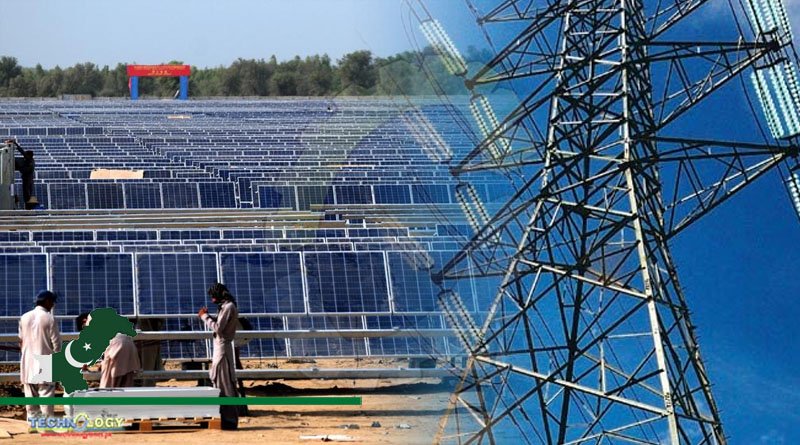Chairman of IPS Khalid Rahman commented on the report and emphasised how urgent it was for the government to develop a financing and investment strategy.

To promote renewable energy, liberalise the energy market, renegotiate generation tariffs, segregate and de-regulate distribution companies, and implement accelerated reforms for modernization, power sector of Pakistan needs comprehensive and prompt governance and policy reforms.
These include creating business plans to promote renewable energy, liberalising the energy market, renegotiating generation tariffs, separating and dereglementing distribution companies, and enacting accelerated modernization reforms.
These and many other practical policy alternatives and practical solutions for the sector’s sustainable development were presented in a comprehensive study by the Institute of Policy Studies (IPS) titled “Pitfalls in Pakistan’s Power Sector: Accumulation of Circular Debt – Causes, Consequences, and Way Forward”.
The research report on the constraints and shortcomings of the power sector has two main objectives: identifying the causes of the circular debt’s exponential growth, which has now reached Rs4 trillion, and providing workable solutions.
Numerous problems that impede not only sustainable development but also the effective development and strategic expansion of this crucial sector have long been a constraint on the power sector of Pakistan.
As a result, the energy crisis has had a significant negative effect on Pakistan and the nation’s economy as a whole.
Dependence on pricey imported fuels, high thermal energy generation costs, an unfavourable rupee-to-dollar exchange rate, governance and policy flaws, regulatory issues, insufficient revenue recovery for distribution companies, concerns about financial sustainability, capacity fees, ageing infrastructure, and line losses are some of the factors causing the increase in circular debt.
The rise in circular debt necessitates ongoing tariff increases in order to maintain proper cash flow for both public and private entities, which has an impact on consumers’ access to affordable energy.
In addition, Pakistan’s vertically integrated power market, where state institutions have a dominant position, is partially monopolised.
Due to this structure, there is no competition between the entities. There are currently 78 IPPs running in Pakistan, most of which rely on imported fuel.
When K-Electric is excluded, the installed capacity for the entire nation is 40,813 MW. During FY2021–22, the system experienced a peak demand of 28,253 MW. The infrastructure’s capacity for transmitting electricity, however, has remained constant at 23,000 MW.
However, compared to the 13 percent target set by NEPRA, transmission and distribution losses of the state-owned distribution companies in FY2021–22 totaled over 17 percent.
Therefore, despite paying higher electricity rates, consumers still experience load shedding due to an inadequate and outdated transmission and distribution system.
Public-private partnerships are the best course of action in this situation to get the power sector out of this mess. In order to reduce line losses, this calls for new transmission and distribution system investments as well as a transition to cutting-edge technology.
The outdated and inefficient power transmission system is a major contributor to the burden on consumers; as a result, power transmission, along with energy transition and digitization, must be made an investment priority area.
Chairman of IPS Khalid Rahman commented on the report and emphasised how urgent it was for the government to develop a financing and investment strategy.
He emphasised that digitization and investments focused on the transmission and distribution system can address the sector’s inefficiencies and aid in rationalising the region’s highest power tariff. He also emphasised how crucial a public-private partnership is to advancing the industry.
